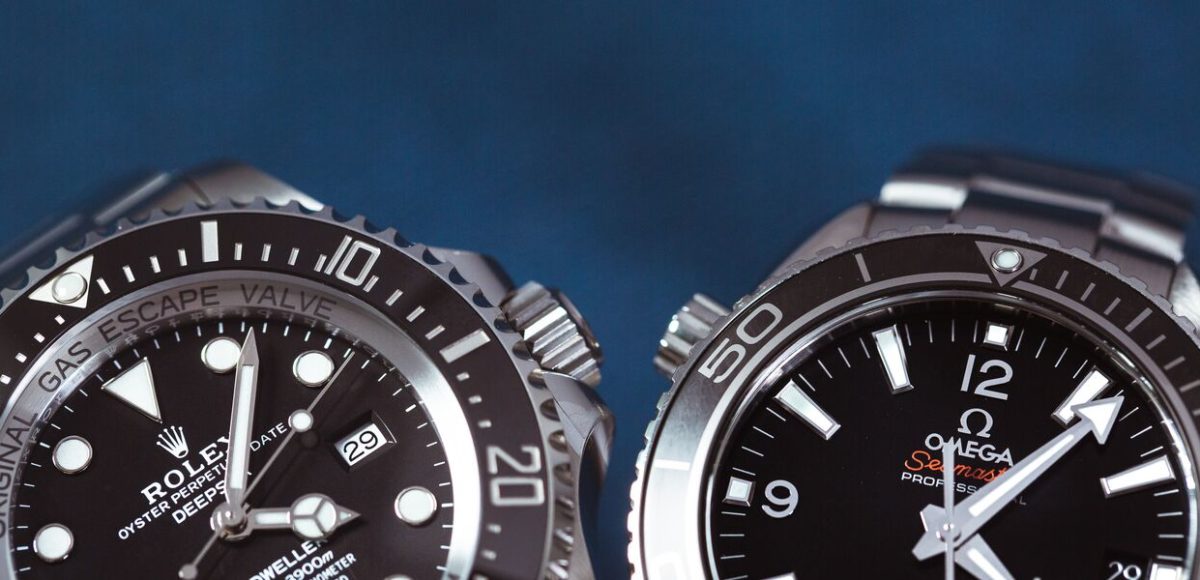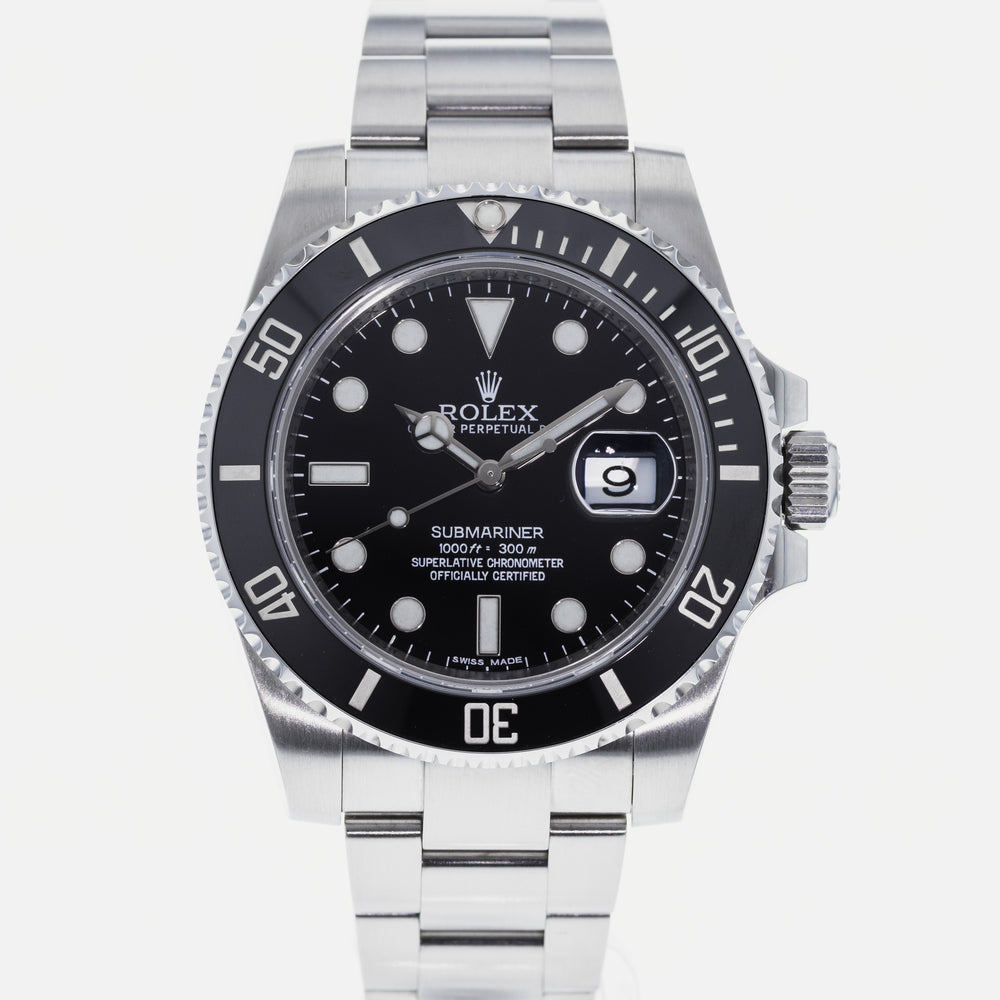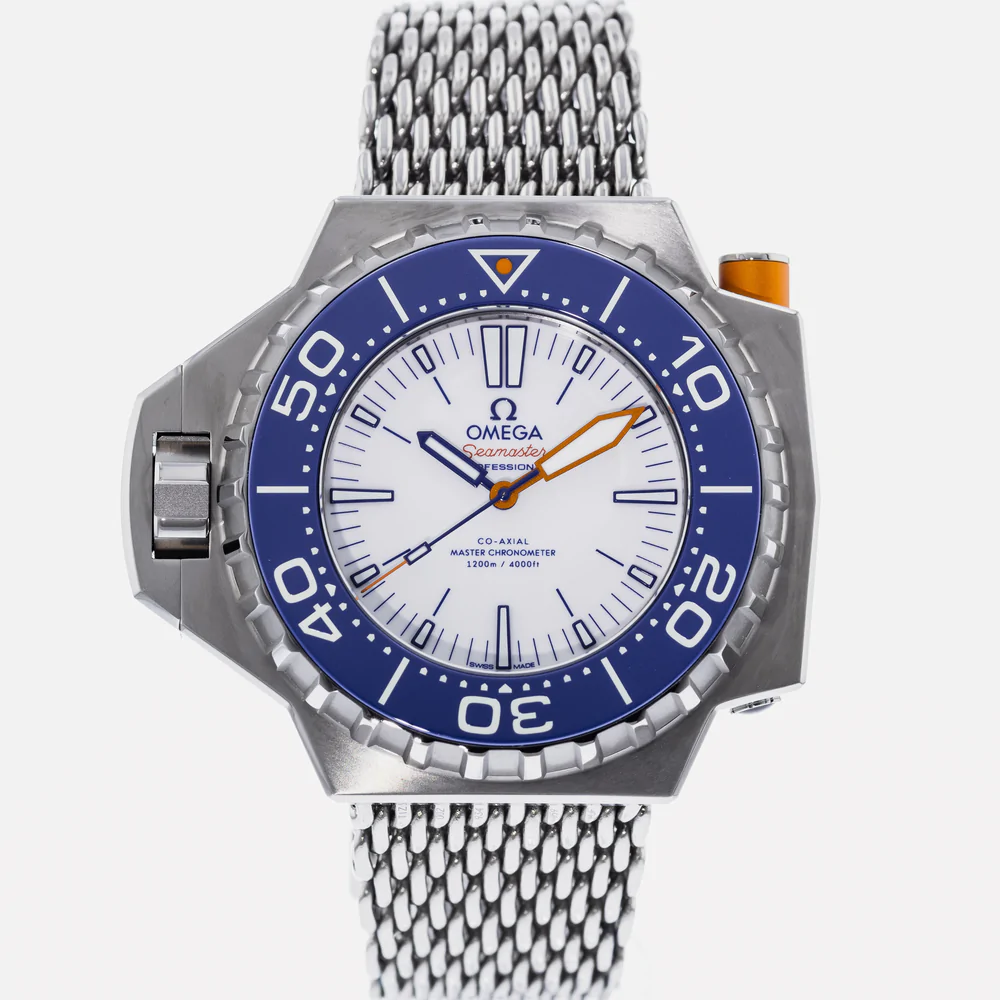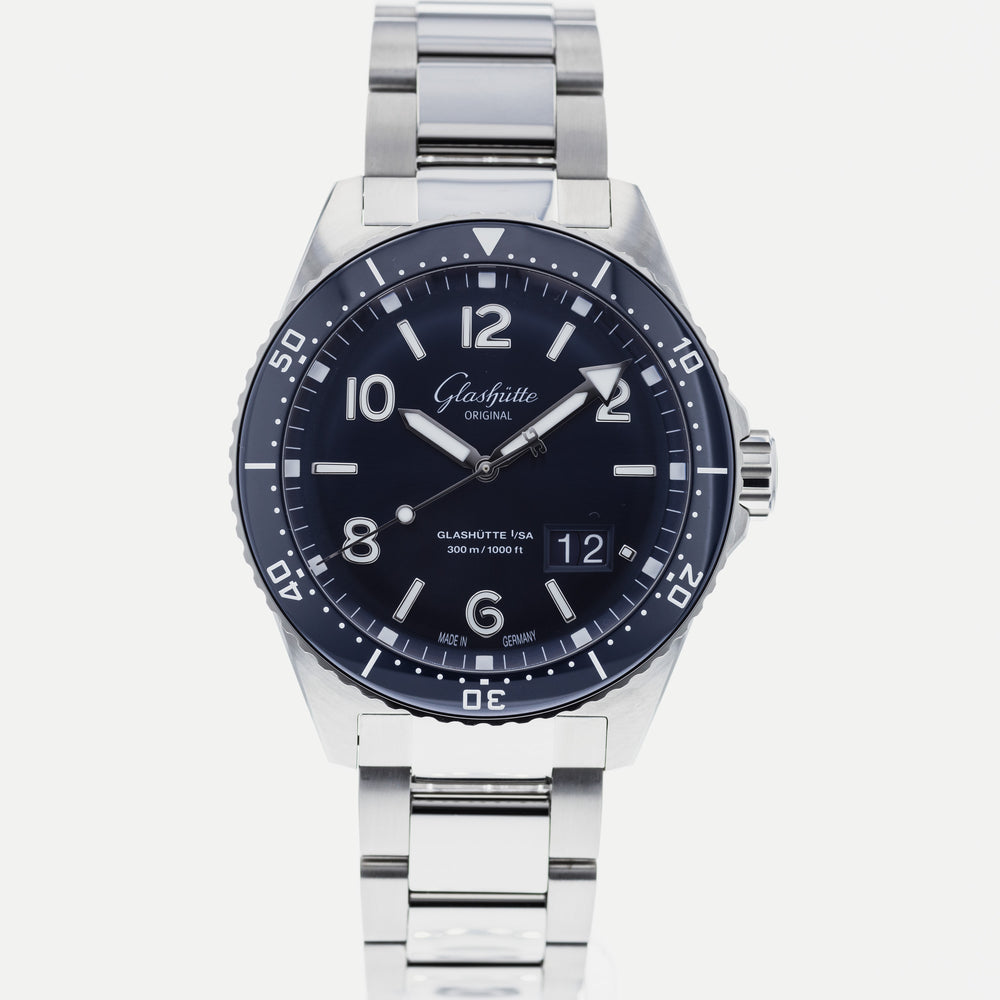In 1953 three timepieces were introduced that are considered the first dive watches to come to market, they were the Blancpain FiftyFathoms, the Zodiac Super Seawolf, and the Rolex Submariner. So, what made these dive watches, and how has that definition changed over time?
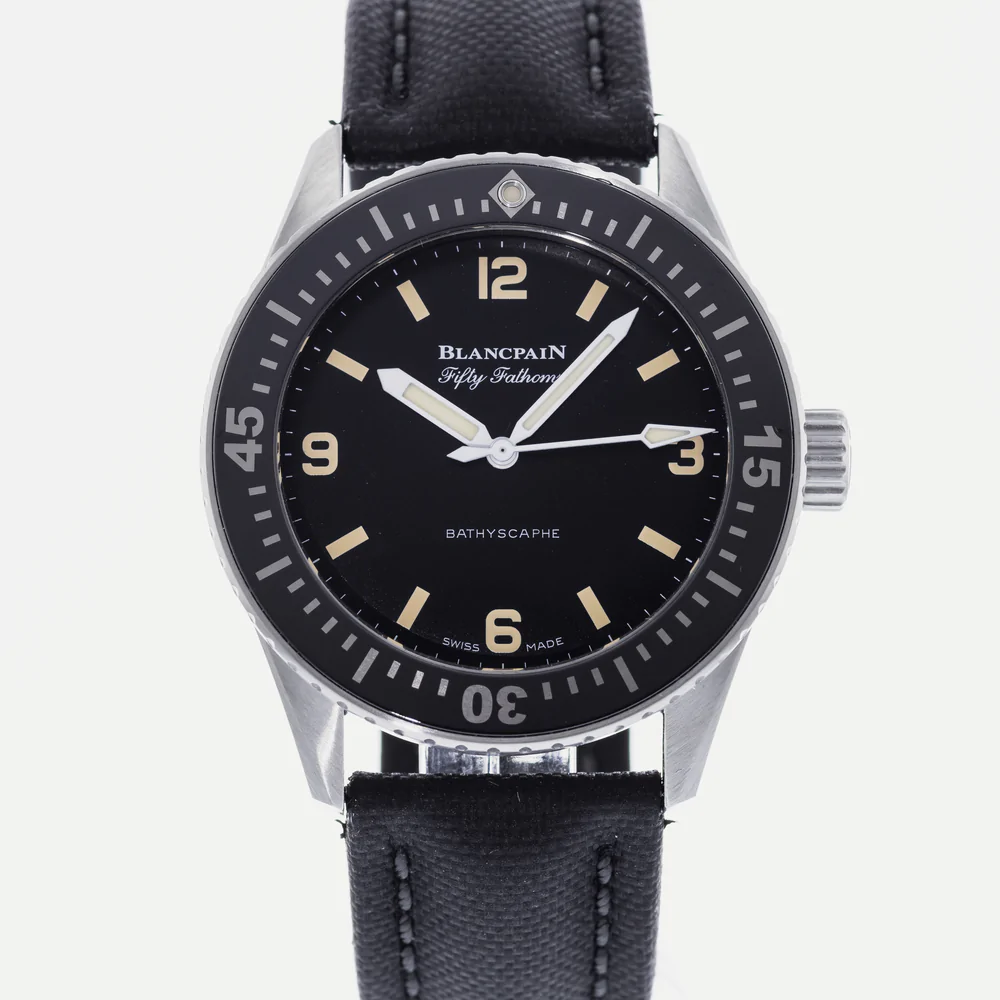
Fifty Fathoms Bathyscaphe Limited Edition for HODINKEE, A modern interpretation of the original dive watch.
The International Organization for Standardization has had an official definition under ISO 6425 of what makes up a dive watch since 1982, and is generally considered the very minimum you would want from a tool you are taking diving. This standard requires a watch be at least 100m water resistant, equipped with a secure measuring system to indicate dive time, and this system be visible in darkness.
The ISO does test for shock resistance, small magnetic field impact, condensation, and salt water exposure – but to be honest these are not difficult tests for most modern watches to pass at the level ISO is testing.
So let us break down what really matters, first the water resistance rating. Early watches that were built for diving were measured to 200m water resistance, and later to 300m. While the ISO is happy with 100m, if you are really using a tool that you are putting your life on the line with then overkill is the way to go. The original three dive watches all had the chops to pass this test, and it isn’t hard to find watches that can go 500m, 600m, or even over 1,200m into the ocean depths without breaking a sweat – or a seal.
Next is a secure system to indicate dive time. The Blancpain FiftyFathoms is the only watch to get this right from the start. The dive watch bezel has elapsed time indications, when you move the bezel to the minute hand it will then count up to your time. This allows a diver to know how long they have been at a depth and can plan how long they can stay at that depth before having to take decompression into consideration. The original FiftyFathoms had a uni-directional bezel that could only be moved one way, so if a diver accidentally moved the bezel, it would only lower the expected time available to stay at depth and not increase it. This is an important safety feature that belonged only to Blancpain until its patent expired. Others, like Omega with the Ploprof, would come up with locking systems to secure the dive bezel in place. Today nearly all dive watches use the uni-directional bezel to ensure the safety of a diver when timing a dive.
The last and simplest is a way to see the timing system in the dark. Lume on the hands, dial, and bezel solves this issue. Watches made before 1998 will have radium or tritium dials that will eventually, and most likely already have, lose the ability to glow. Luminova or SuperLuminova was introduced in 1998 and does not have the same half-life problem of older lume, which means it should last generations before losing any ability to glow in the dark.
The dive watch has become one of the most popular styles of watches. They are built to be worn in harsh environments, have enough water resistance to make daily activities like washing your hands something you do not have to worry about, and have a casual sporty look that has become central to popular fashion.
Find the right dive watch for your next dip in the ocean at Crown and Caliber.
Get More Articles Like This in Your Inbox
We're constantly creating great content like this. So, why not get it delivered directly to your inbox? By subscribing you agree to our Privacy Policy but you can unsubscribe at any time.





